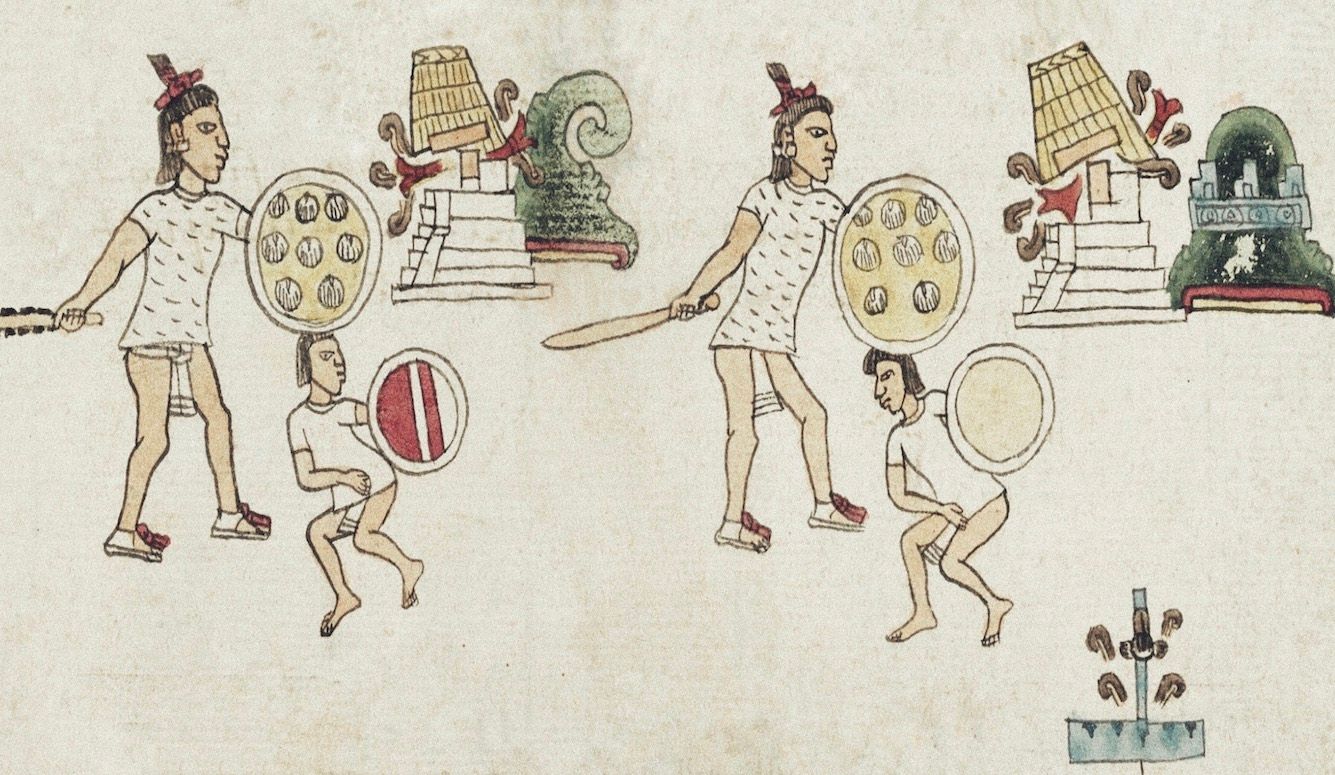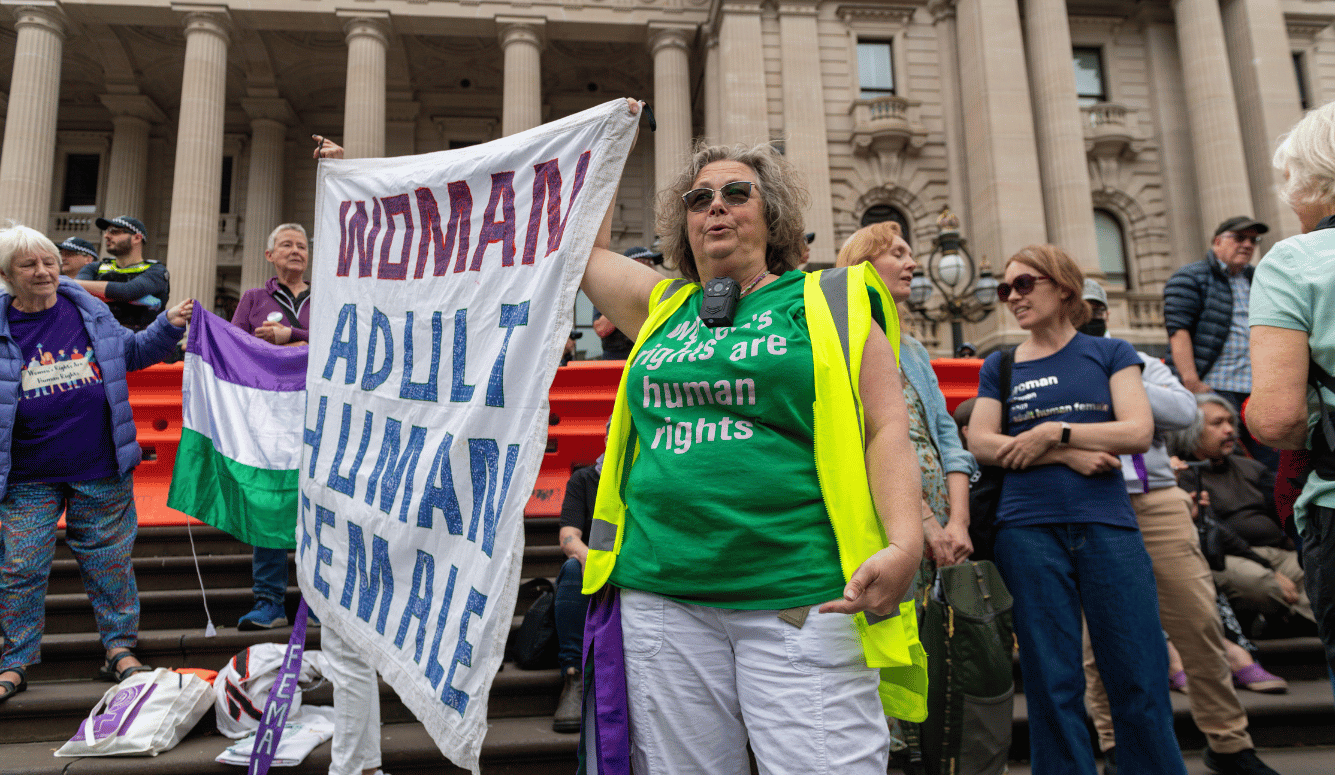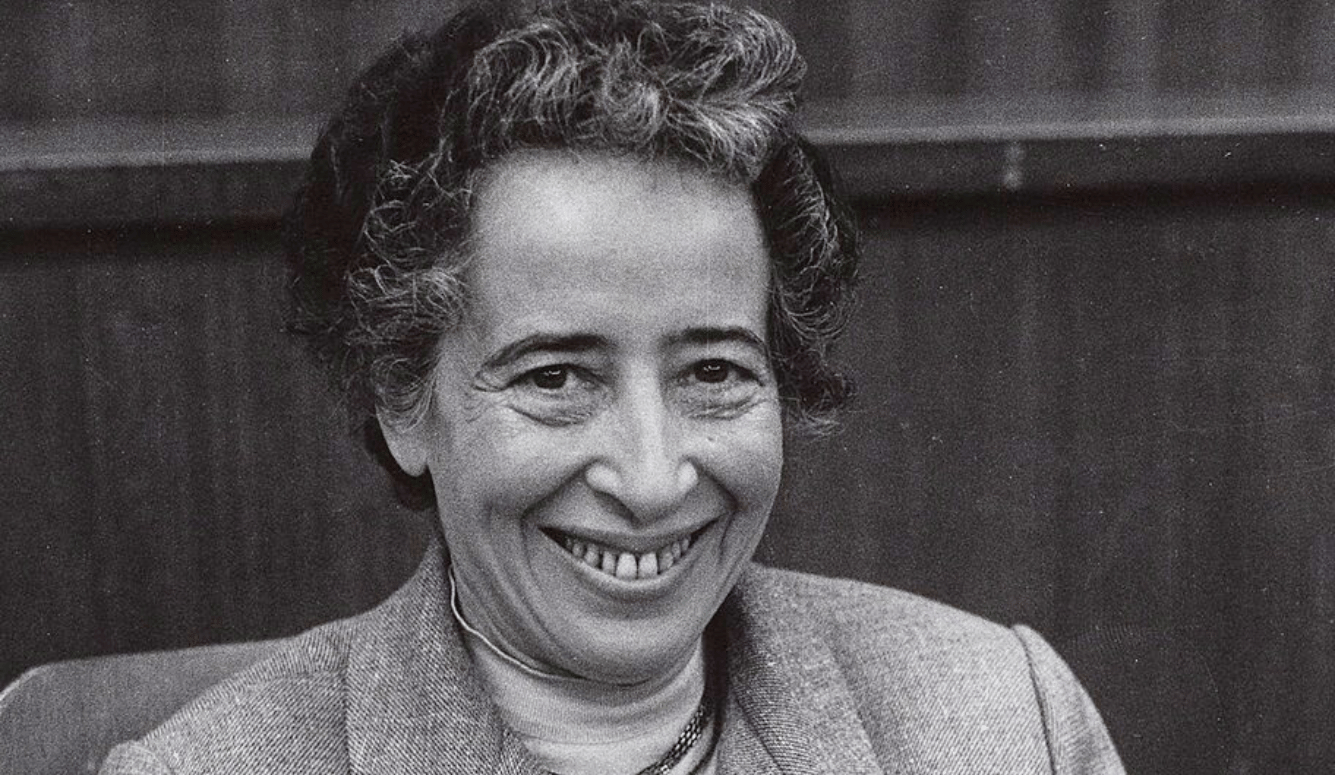The Aztec Way of Empire
Six imperial rulers expanded the Mexica domain from 1430 until 1519, until the Spaniards first set foot in Tenochtitlan and disrupted the Aztec imperial agenda.

And the said Tizoc was extremely valiant and warlike in battle, and before succeeding to the said lordship, he personally performed valiant deeds in the wars, for which he was awarded the title of Tlacatecatl. This title of high value and rank was the point and rank from which, in vacating said lordship, he succeeded to the said rulership, like his brothers, father, and grandfather before him, who took the same course and rose from that title to become lords of Mexico.
~ The Codex Mendoza, fol. 11v.
Is this true? Did this short-lived and ill-fated Aztec ruler, whose reign lasted only five years (1481–86), actually accomplish many “valiant deeds” and military feats? The sources offer a mixed verdict. Two documents, the Códice Chimalpopoca and the Codex Mendoza, source of the above quotation, both list 14 city-states conquered during Tizoc’s reign, geographically scattered largely to the west and south of the Basin of Mexico. But the narrative history of the Dominican friar Diego Durán describes this king as a man who tended towards seclusion, who failed to “enlarge and glorify” Tenochtitlan, the capital of the Aztec empire; and who was “pusillanimous and cowardly.” His inglorious inaugural military campaign ended in disaster, with 300 of Tenochtitlan’s most valiant warriors lost, measured against a mere 40 enemy warriors captured. In all, Tizoc made a rather miserable showing of the military ideals of the Mexica—the Nahuatl-speaking people who ruled the Aztec Empire. It perhaps comes as no surprise that his premature death was hastened by people around him, very probably by poisoning.
A further window into Tizoc is revealed in the andesite stone sculpture called the Tizoc Stone. This massive monument measures over 2.6 metres in diameter and weighs approximately nine and a half tons. The monolith probably served as a cuauhxicalli (eagle vessel), or receptacle for the heart and blood of warriors killed in gladiatorial sacrificial rites. It was created during Tizoc’s brief reign, most likely with the intent to add majesty to the completion of an expansion of the Great Temple of Tenochtitlan (which was not finished until 1487, after Tizoc’s death).

It was customary for each new ruler to commission monumental stones and display them in a prominent ceremonial location to glorify his reign. Apparently seven such monuments were produced from about 1450 to 1512, although only three have survived. In their day, these majestic stone sculptures were displayed as visual statements of Mexica imperial power, validating their imperial destiny. They also proclaimed the efficacy of their primary warrior gods in support of this divine mission. It was intimidation through art on a colossal scale.
An elaborate, sculpted solar disc with rays covers the top of the monument, embracing the concavity. But the sides of the cylinder command the greatest attention: 15 pairs of military victors with their captives precede one another around the entire cylinder, sculpted in sharp detail. Tizoc is the only individual identified by a personal name glyph; he is shown in the regalia of the Mexica patron god Huitzilopochtli, grabbing the hair of a man representing the city-state (or ethnic group) of the Matlatzinca, people of the Toluca area west of the Basin of Mexico.

The remaining 14 captors are dressed as another pre-eminent war god, Tezcatlipoca. All 15 of the captors carry warrior paraphernalia associated with the revered Toltecs: the Mexica appropriated these objects and symbols to legitimize their right to conquest and domination, a clear message of this monument. The victims, seized and demoralized by their powerful captors, are identified by place or ethnic glyphs, and wear the adornments associated with the patron deities from those locales.
These earthly events of conquest (enacted by humans dressed as deities) are placed in their proper cosmic setting: Above the figures runs a sky band with stars. Below the mortals, along the base, crocodilian spines and mouth bands with flint knives for teeth indicate entrances and exits to and from the underworld. It is a cosmic canvas, recreating the Mexica concept of a layered universe: underworld, terrestrial world, and celestial world.
On the surface, this monument might be interpreted as a glorification of Tizoc’s conquests—a tribute to his military achievements. But a closer look reveals the uncomfortable fact that only two of these conquests coincide with the 14 listed in the two codices mentioned above (his inaugural defeat is not included on this monument). All the other conquests were claimed by earlier Mexica rulers. But perhaps we should not fault Tizoc too much: It may be that the narrative was meant to proclaim the lands controlled by him, which would include conquests already brought into the orbit of the empire. Still, it is ironic that the least illustrious of Mexica kings left behind one of the most spectacular statements of imperial military victories.

Tizoc was only one of six imperial rulers who expanded the Mexica domain from 1430 until 1519, when the Spaniards first set foot in Tenochtitlan and disrupted the Aztec imperial agenda. These rulers descended from the earlier non-imperial Mexica kings, and their legitimacy was never questioned (although, as with Tizoc, occasionally their competence was). Likewise, the Mexica’s staunch dedication to imperial expansion was firmly established, and each king was expected to conform to established rules and conventions of political leadership, aggressive warfare, strategic royal marriages, earnest diplomacy, lavish feasting, and participation in public ceremonies.
More specifically, a “good king” was expected to demonstrate exceptional abilities to defend the homeland and expand the empire. He must show courage on the battlefield, pious commitment to the gods, generosity to nobles and commoners (and friends and enemies) alike, and an ability to speak well in public. He should hold an exalted military title at the time of his selection, and must be able to prove undisputed linkage to a royal dynasty. These cultural constraints and expectations did not create robotic rulers, however, since each new king brought his unique personality and individual goals to the throne.
Codices and sculptures of the 15th and 16th centuries offer us glimpses of some of the rulers as they undertake their essential activities. We see them statically sitting on reed thrones, vigorously capturing enemy warriors, or stoically drawing their own blood for an important ritual. But these images are highly standardized and, lacking actual contemporary portraits, we must rely on narrative accounts to flesh out our views of Aztec kings, Mexica or otherwise, to arrive at a more profound sense of each ruler’s personality, proclivities, and goals.

The first three imperial Tenochtitlan rulers, Itzcoatl, Motecuhzoma Ilhuicamina, and Axayacatl, fell firmly into the mould of the ideal Mexica king. They were all adept political leaders, experienced warriors and convincing speakers, pious and generous. They all had legitimate claims to the rulership and held a high military title (tlacatecatl) prior to their royal selection, although Axayacatl was only 19 years old when selected, so perhaps his military title is exaggerated. Beyond their basic similarities, subtle differences among them can be detected, primarily through their achievements.
Itzcoatl (r. 1426–40) is most renowned for overthrowing the yoke of Azcapotzalco and establishing the Aztec Triple Alliance with Tetzcoco and Tlacopan. We can surmise that he was an opportunist (taking advantage of a weakened foe), a diplomatic master (coalescing his allies), and resolute military figure (conquering many city-states within and around the Basin of Mexico). Under this model leader, the empire began to take form.
Motecuhzoma Ilhuicamina (r. 1440–68), nephew of Itzcoatl, was already an esteemed warrior and political leader when he assumed the throne. He was a strong ruler dedicated to aggressive expansion, which he undertook with gusto. He comes to us as a thoughtful man, a strategist as well as a strong battlefield commander. His military targets were selected to establish contiguous conquered subjects, gain large quantities of luxuries in tribute, and outflank his enemies. Like Itzcoatl, he performed his royal duties in a classic Mexica manner.
Axayacatl (r. 1468–81), Motecuhzoma’s grandson, was rather less successful than his predecessors. He mounted several military campaigns, winning only about half of them. Perhaps the Mexica’s most disastrous defeat (until the Spanish conquest) came at the hands of the Tarascans to the west: When Axayacatl returned to Tenochtitlan with the meagre remains of his bedraggled army, the city wept. He was known as a stalwart warrior, but unlike his predecessors, he appears to have been willing to negotiate with his enemies, establishing a number of client states along contested borderlands. His militarism was tempered with diplomacy.

Tizoc appears as a brief interlude in the Mexica’s expansionistic wave, although he did succeed in initiating a major expansion of Tenochtitlan’s Great Temple. His charismatic replacement, Ahuitzotl, extended the bounds of the empire more than any other Mexica ruler, conquering city-states as far south as the present-day Guatemala border. Unlike Axayacatl, he rarely negotiated, preferring hard-fought military victories. He was fearless, ambitious, heroic, impetuous, and stubborn. He was also notorious for his high living, extravagant spending, and willing generosity. It is probably no coincidence that his conquests focused on tropical lands rich in luxuries such as fine greenstones, precious gold, shimmering feathers and prized cacao. Ahuitzotl was also notable for challenging long-standing class distinctions by promoting non-noble military men into his administration.
Ahuitzotl’s successor, Motecuhzoma Xocoyotzin, continued military conquests until the arrival of the Spaniards cut his reign short. Ahuitzotl’s military ambitions to stretch the empire to distant tropical lands had left numerous gaps in the imperial domain. Much of this second Motecuhzoma’s reign was devoted to closing these geographic gaps, subduing rebellious city-states, and confronting the Mexica’s perpetual and pesky enemies to the east, the Tlaxcallans. He was also highly religious, and honoured the gods as every good Mexica, especially a king, should. Being a haughty and lofty man, he concentrated on glorifying Tenochtitlan (and, by extension, himself), sponsoring the production of many majestic monuments. Consistent with his elitist personality, he immediately replaced Ahuitzotl’s commoner administrators with nobles-by-birth.
Each of these kings, to a greater or lesser extent, contributed to the rapid growth of the largest empire ever to develop on the Mesoamerican stage. Imperial rule was based on a tripartite alliance of the kings of Tenochtitlan, Texcoco, and Tlacopan. The alliance was built on implicit and explicit agreements among the three members: segmentation and the possession of autonomous powers, the intermingling of territories and subjects, and asymmetrical hierarchies. The first of these recognized that each of the Triple Alliance kings (as huey tlatoque, or “great kings”), heading his own altepetl or city-state, controlled his own exclusive domain of other city-states without interference from the other leaders of the alliance. At the time the alliance was formed, reportedly Itzcoatl of Tenochtitlan controlled nine other city-states (largely to the south of his capital), Nezahualcoyotl of Texcoco held sway over 14 city-states to the north-east, and Totoquihuatzin of Tlacopan ruled seven city-states towards the north-west.
These formed roughly contiguous conquest-states for each of the huey tlatoque, but things are rarely so simple and clean-cut. Given central Mexico’s long history of back-and-forth warfare, conquests, rebellions, alliances, more warfare, and on and on, a complex geographic mosaic of untidy political control was almost inevitable. This complexity was exacerbated by the customary practice of rewarding prominent nobles and valiant warriors with lands (and their labourers) in vanquished regions, resulting in the fragmentation of conquered territories into the hands of many new landlords, potentially from different conquering polities. In addition, each Triple Alliance ruler occasionally found it diplomatically expedient to grant lands in his own domain to another Triple Alliance ruler in the spirit of political good will and hopes of reciprocity.

At its outset, the alliance was somewhat asymmetrical, with Tenochtitlan and Texcoco appearing as roughly equivalent powers, and Tlacopan the lesser partner. Over time, the rulers of Tenochtitlan emphasized military power and gained clear pre-eminence in the alliance. Even in joint military expeditions, tribute obtained through these conquests entered Tenochtitlan with great pomp and circumstance before being distributed to the other alliance members: Tenochtitlan reaped all of the glory, visibly and intentionally promoting its political stature among its people and in the alliance. Reflecting these political realities, tribute distribution was uneven: reportedly Tenochtitlan and Texcoco each received two-fifths of the total, while weaker Tlacopan picked up the remaining fifth.
Asymmetry was also asserted in elite marriage patterns. High-ranking men were expected to marry more than one woman at a time (preferably several), a custom that enhanced their ability to forge political alliances through strategic marriages. The basic pattern involved a superordinate ruler offering a daughter or sister in marriage to a subordinate ruler. Their children and heir from such a marriage would therefore be the overarching ruler’s grandchild or nephew. This repeatedly symbolized Tenochtitlan’s superiority over Texcoco and other city-states. By extension, the Texcoco ruler, for example, married off his daughters to the rulers of his dependent city-states. While the empire lasted only about three generations, this practice was already serving to more tightly integrate city-states into hierarchies based on elite kinship.

Mutual respect was essential to a successful alliance. This was reinforced in special royal occasions such as kingly selections, coronations, and funerals. Regardless of the king involved, the other two performed scripted roles: they were instrumental in validating a new huey tlatoani’s selection, lending stature to his coronation and honouring him at his funeral. Each such event publicly reaffirmed the strength of the alliance. Especially strong personalities also played a part. Texcoco’s Nezahualcoyotl (r. 1418–72) was a larger-than-life figure and renowned as an engineer, lawgiver and patron of the arts during his lengthy reign; significantly, in 1449, Motecuhzoma Ilhuicamina called on him to design and engineer a massive dyke spanning 16 kilometres (10 miles) along Lake Texcoco, separating saline from sweet waters and alleviating frequent flooding.
Other collective endeavours such as massive construction projects depended on cooperation among friendly city-states; the several enlargements of Tenochtitlan’s Great Temple required labour and materials from several nearby polities. The Triple Alliance capitals also complemented one another. The Mexica of Tenochtitlan excelled in military strategies and engagements. The Acolhua of Texcoco were held in high esteem for their excellence in law, engineering, and arts and crafts (from poetry to pottery to painting). There is no documentation about where the Tepaneca of Tlacopan fitted into these complementary roles.
This is not to say that there were no tensions. There definitely were, especially between Tenochtitlan and Texcoco. These tensions are revealed in admittedly biased stories, such as the following. It is the early years of the empire, and the rulers of Tenochtitlan and Texcoco are jockeying for primacy in their infant alliance. In one Texcoco narrative, Nezahualcoyotl of Texcoco undertakes a campaign against Tenochtitlan’s Itzcoatl, winning some rich tributary lands from the Mexica ruler. Conversely, a story from the Mexica point of view tells of a staged war in which Motecuhzoma Ilhuicamina gained lands in Nezahualcoyotl’s territory, implying an honourable capitulation of Texcoco to the growing powers of Tenochtitlan. These are accounts of battles between polities that were supposed to be close allies. Whether fact or fiction, the stories suggest deep underlying frictions between these two most powerful city-states in Late Postclassic Mesoamerica.
Excerpted, with permission, from The Aztecs: Lost Civilizations, by Frances F. Berdan, Copyright © Frances F. Berdan 2021. Published by Reaktion Books Ltd.











